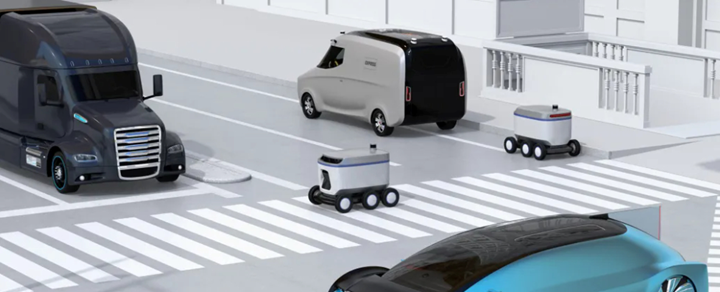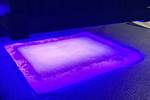EUVAM project investigates energy-efficient UV process for composites curing
University of Stuttgart researchers intend to develop flexible, highly productive and digitally controllable manufacturing approach for small urban vehicle production.

The EUVAM project is focusing on lightweight components for the structure of small urban vehicles. Photo Credit: Depositphotos
EUVAM, a new research project at the University of Stuttgart’s (Germany) Institute for Aircraft Construction will investigate curing fiber-reinforced polymers (FRP) using ultraviolet radiation (UV) to further optimize cycle times and energy consumption associated with the production of lightweight structural composite components.
The focus of the EUVAM project is to develop an energy- and time-efficient manufacturing process in order to meet the high demands of the mobility industry in terms of lightweight construction, economy and sustainability. The aim is, among other things, to implement the integration of non-transparent carbon fibers in UV-cured FRP through optimized process control in order to enable structural assemblies in the context of urban micro vehicles.
Compared to traditional FRP curing processes, the university researchers believe significant costs can be saved with the help of energy-efficient UV process control. UV curing would make isothermal process control for polymer curing in resin transfer molding (RTM) or in the wet pressing process obsolete, thus reducing time to completion, all without sacrificing final mechanical properties.
Specifically, through the use of photo-initiated polymers in the context of high-performance, fiber-reinforced lightweight construction methods, a flexible, highly productive and digitally controllable manufacturing approach can be implemented.
A demonstration of the developed technologies and concepts concludes with the implementation of a demonstrator, which is to be integrated into the ICM demonstrator vehicle (BUP14).
This project is funded by the Ministry of Science, Research and Art.
Related Content
-
Sulapac introduces Sulapac Flow 1.7 to replace PLA, ABS and PP in FDM, FGF
Available as filament and granules for extrusion, new wood composite matches properties yet is compostable, eliminates microplastics and reduces carbon footprint.
-
TU Munich develops cuboidal conformable tanks using carbon fiber composites for increased hydrogen storage
Flat tank enabling standard platform for BEV and FCEV uses thermoplastic and thermoset composites, overwrapped skeleton design in pursuit of 25% more H2 storage.
-
Carbon fiber, bionic design achieve peak performance in race-ready production vehicle
Porsche worked with Action Composites to design and manufacture an innovative carbon fiber safety cage option to lightweight one of its series race vehicles, built in a one-shot compression molding process.















